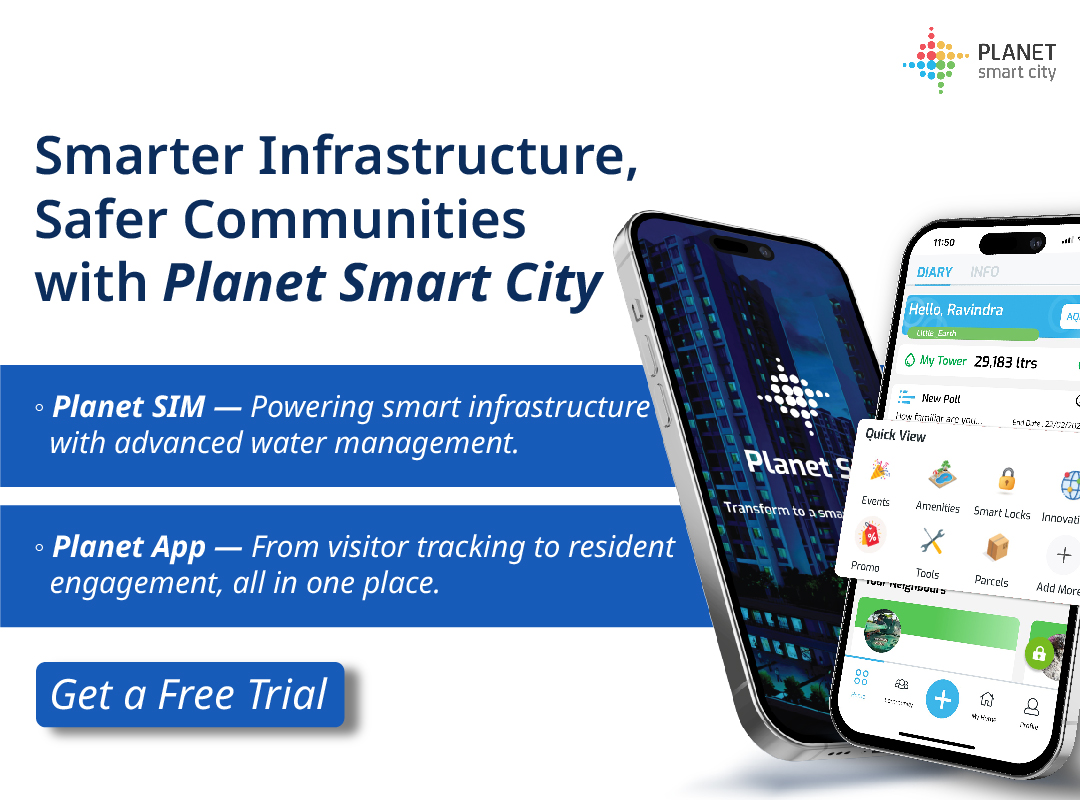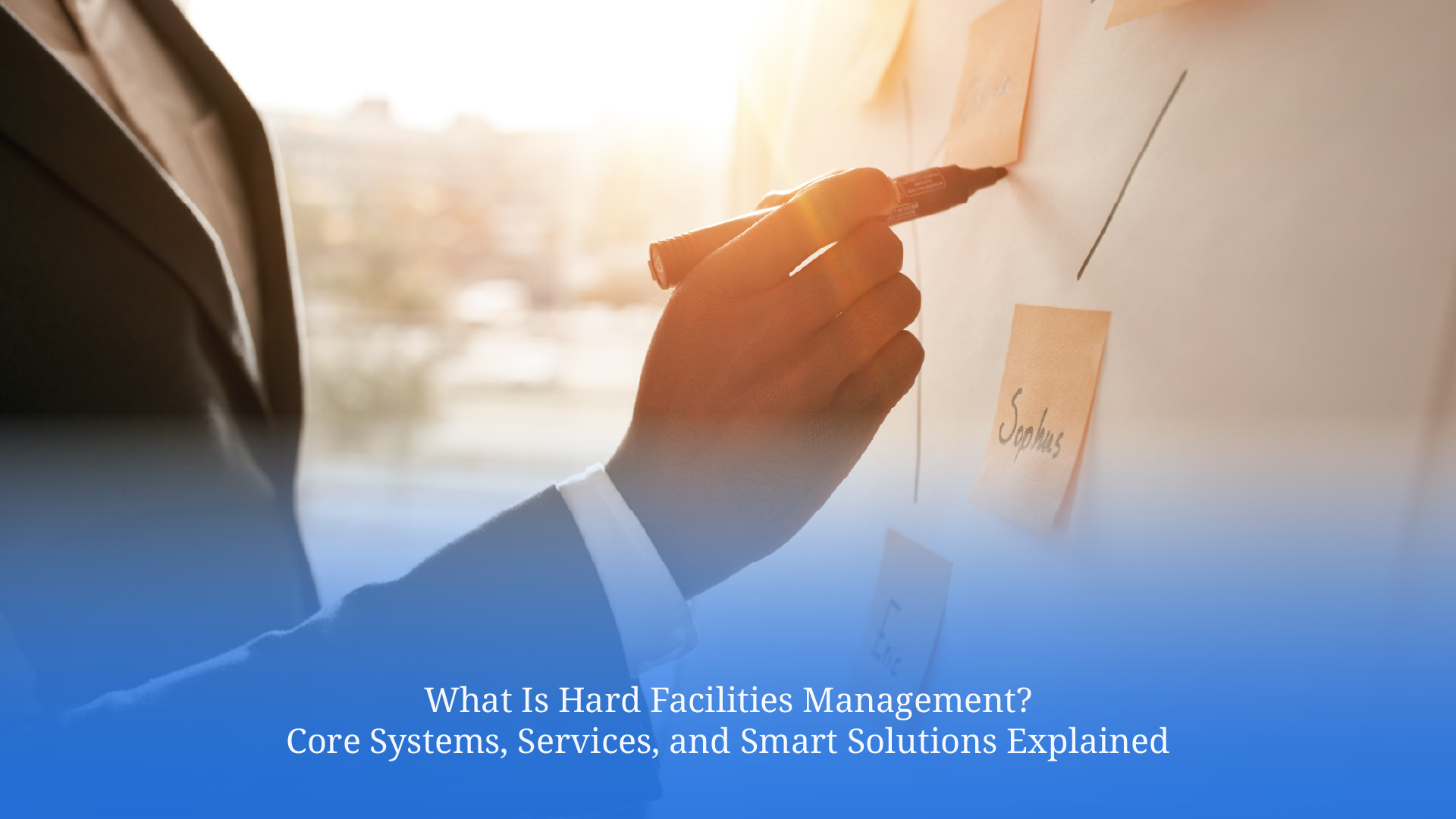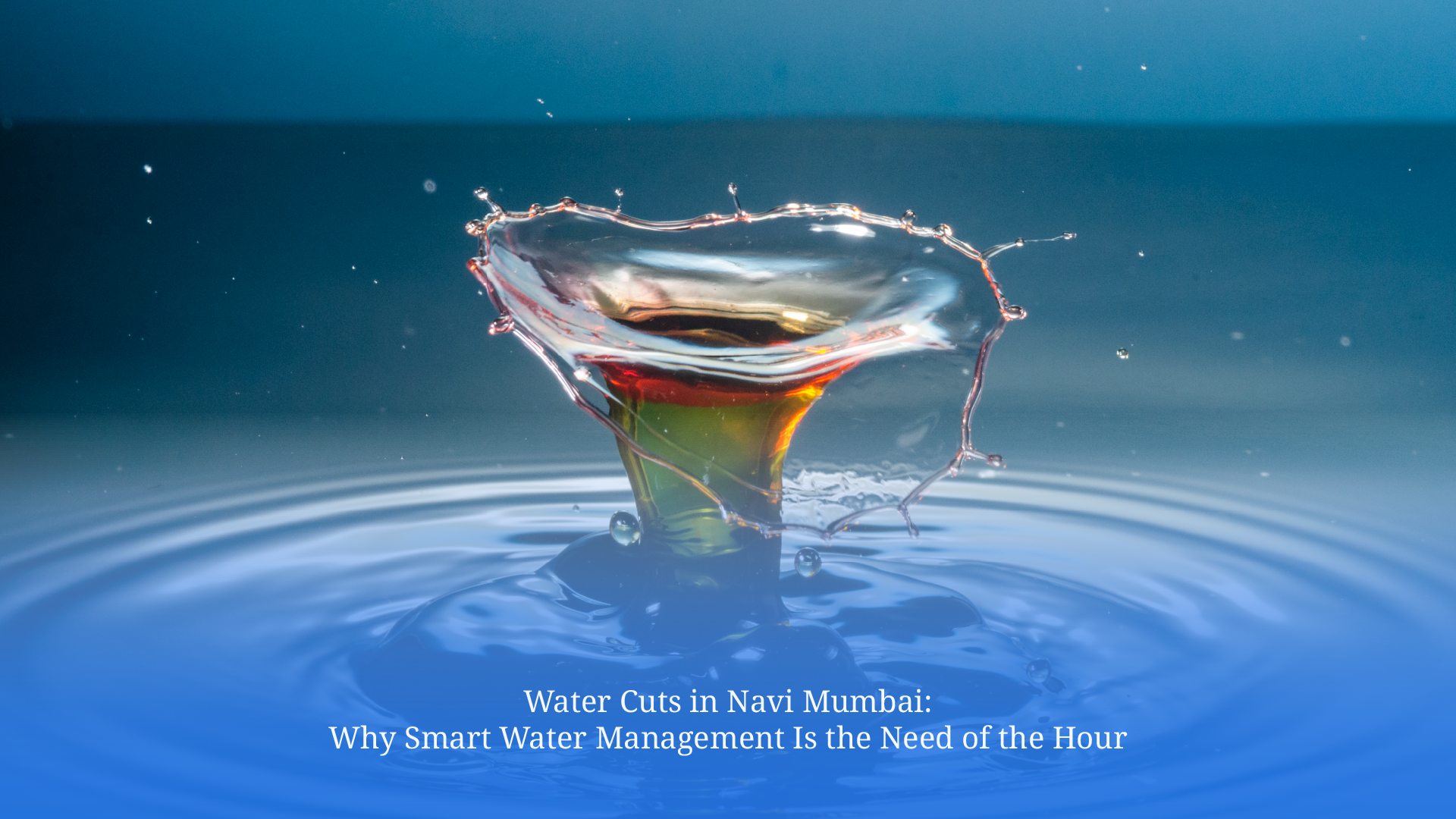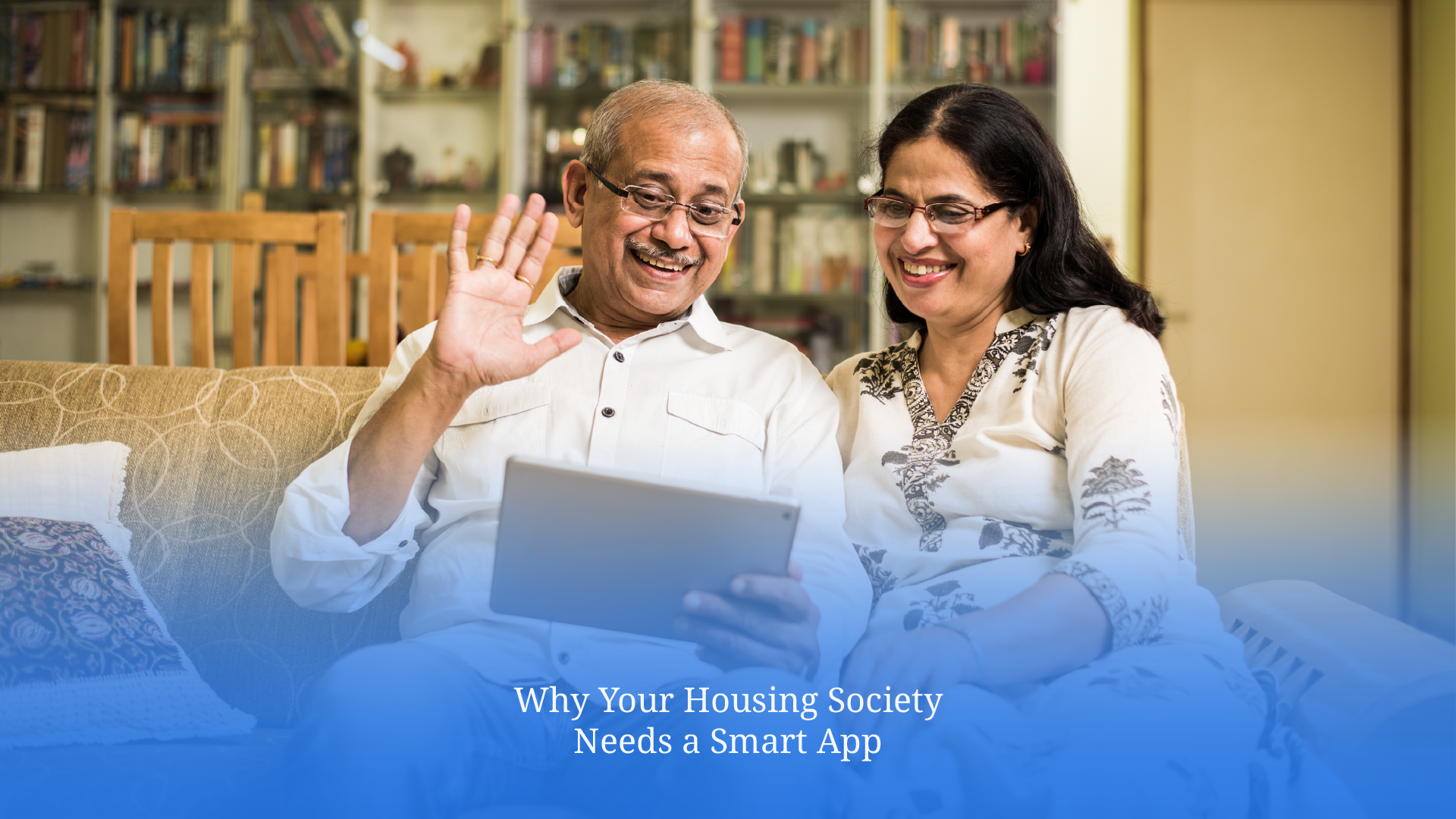Smart Gardening for Shared Spaces: Building Stronger Community Connections
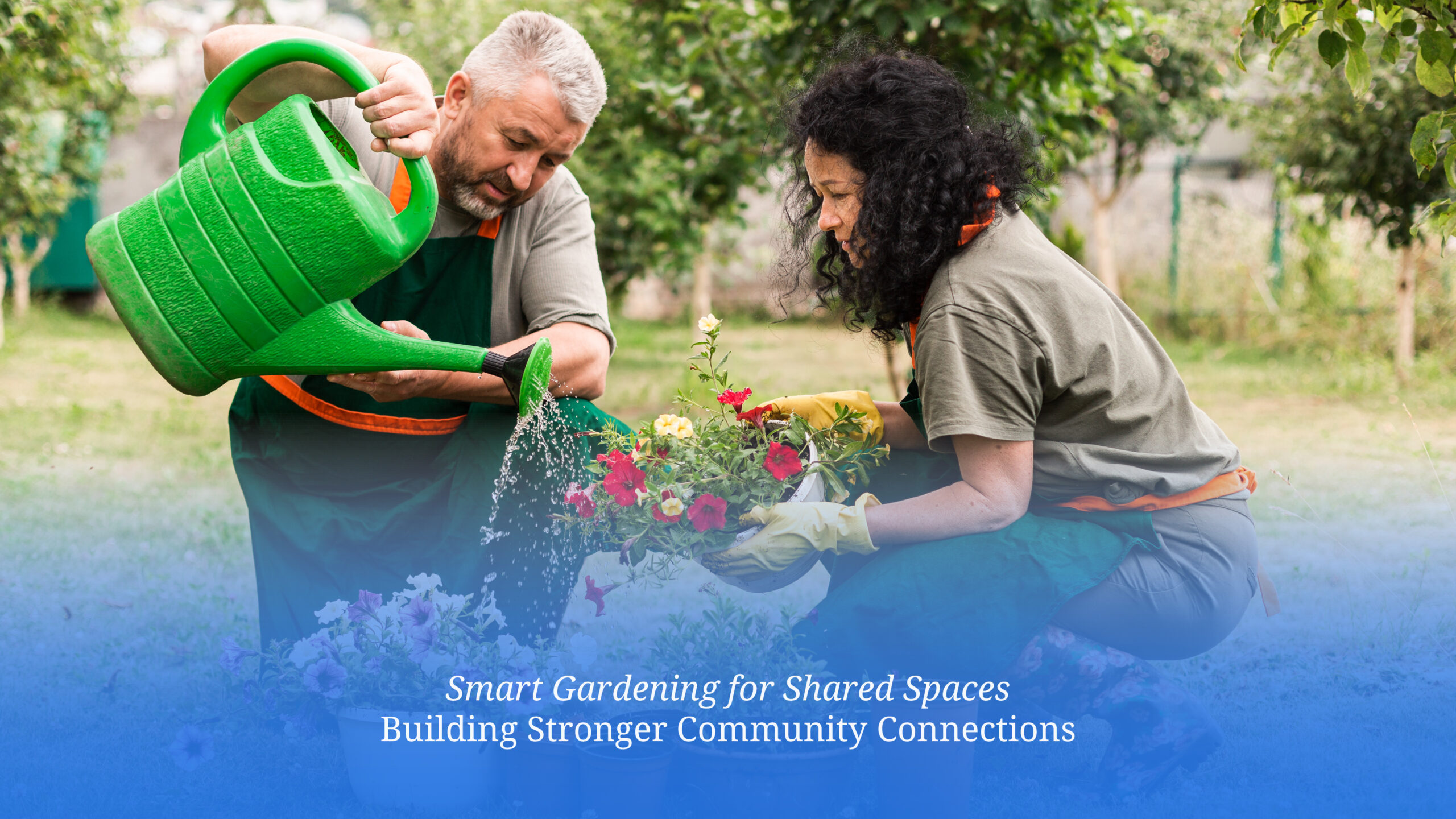
Smart gardening introduces a modern way to care for plants using technology. In community spaces, it helps residents manage greenery with less manual effort and more consistency. Many gardening efforts fail due to irregular watering, limited time or unnecessary wastage of water and fertilisers. Smart gardening addresses these gaps through automation, real-time monitoring and connected tools. Whether applied in rooftop gardens, shared lawns or vertical walls, it simplifies upkeep and brings residents together around a common, sustainable goal. This combination of ease and collaboration makes it ideal for today’s shared living environments.
Understanding Smart Gardening
What is Smart Gardening
Smart gardening refers to the use of connected devices to manage plant care more efficiently. These include irrigation systems that water plants only when needed, sensors that monitor soil moisture and temperature and mobile apps that display plant health data in real time. These systems replace guesswork with data and manual routines with automation. In a residential setting, smart gardening can be implemented across shared landscapes to ensure consistent upkeep while reducing daily intervention. From terrace gardens to community parks, the technology can be scaled based on available space and maintenance needs.

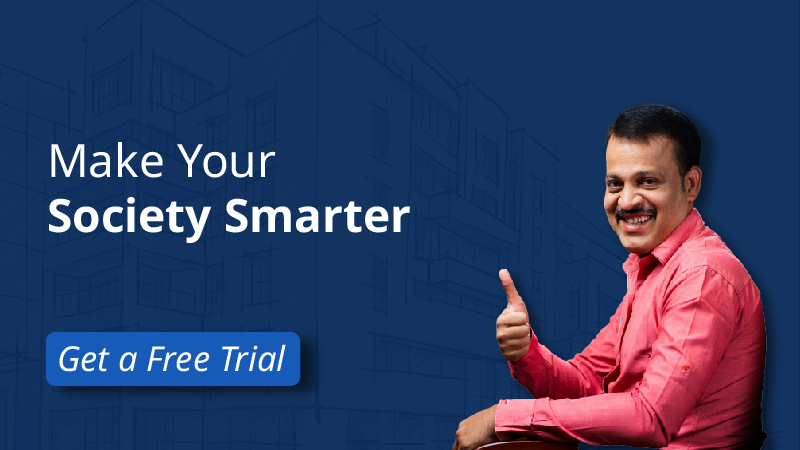
Importance for Homeowners and Gardeners
Smart gardening offers practical advantages for residents, facility teams and anyone responsible for maintaining shared green spaces. Here’s how it adds value:
-
Saves Time and Effort
Routine gardening tasks like watering, checking soil moisture or applying fertilisers are time-consuming when done manually. Smart systems automate these processes based on real-time data, allowing residents and facility staff to focus on other responsibilities. This makes it easier to maintain healthy plants with minimal hands-on work.
-
Increases Visibility into Resource Use
Smart gardening platforms provide access to data on water consumption, soil conditions and environmental trends. This transparency helps users understand how much water or fertiliser is being used and when. With clear metrics available, communities can make informed decisions and avoid unnecessary resource waste.
-
Improves Garden Health Through Consistency
Plants thrive with consistent care. Automated systems deliver water and nutrients based on actual need rather than fixed schedules, reducing stress on plants caused by over- or under-watering. This leads to healthier gardens that are less prone to sudden decline or disease.
-
Enables Collaborative Maintenance
In shared spaces, coordination can be difficult when multiple people are involved. Smart gardening tools often include app-based platforms where different users can access real-time information and updates. This shared interface makes it easier to plan tasks, track changes and ensure that care is well-coordinated.
-
Encourages Resident Participation
When plant care becomes accessible and data-driven, more residents feel comfortable getting involved. Features like mobile alerts and visual dashboards make it easier to monitor progress or respond to issues. Over time, this fosters a greater sense of ownership and connection within the community.
How Smart Gardening Enhances Efficiency?
Automating Watering and Nutrient Delivery
Smart irrigation systems adjust water schedules based on soil moisture, weather updates and garden type. These systems prevent overwatering and reduce manual oversight by delivering water only when needed. Nutrient distribution can also be controlled through automated dispensers, ensuring consistency across garden beds. Together, these tools help maintain plant health while reducing waste. In larger communities, they also eliminate the need for constant on-ground supervision.
Real-Time Monitoring and Data Insights
Smart gardening tools collect and transmit data on soil conditions, temperature and moisture levels. This data is available on mobile apps or dashboards, making it easier to manage green spaces remotely. If a particular section of the garden shows signs of stress, alerts can notify facility teams or residents to act quickly. This level of visibility ensures that problems are addressed before they become costly or damaging. It also builds a more transparent system of care across shared spaces.
Reducing Maintenance Efforts
By automating everyday tasks, smart gardening lowers the maintenance burden on both residents and facility staff. There is less need for routine manual checks and common issues such as overwatering or missed watering schedules are automatically resolved. This allows more time to focus on seasonal improvements or aesthetic upgrades. In societies with multiple landscaped zones, this consistency becomes essential for keeping every area in good condition without additional staffing or cost.
Additional Benefits of Smart Gardening with Planet Smart City
Environmental Sustainability
Smart gardening supports eco-friendly living by reducing the overuse of water and fertilisers. Systems apply resources based on actual needs, preventing runoff or wastage. This promotes healthier plant growth while conserving valuable inputs. Planet Smart City integrates these principles into its solutions for residential communities. With tools that support remote management and efficient operation, smart gardening becomes part of a broader approach to sustainability in shared spaces.
The Answer to Ideal Shared Spaces
Urban landscapes need solutions that are practical, scalable and community-friendly. Smart gardening answers that need by turning plant care into a shared responsibility supported by intelligent systems. It helps reduce waste, saves time and keeps shared spaces consistently green and active. As more communities look for ways to manage resources better, solutions offered by Planet Smart City can help make this shift easier and more effective. By combining smart tools with everyday needs, residents can create greener, more connected environments that grow well into the future.

